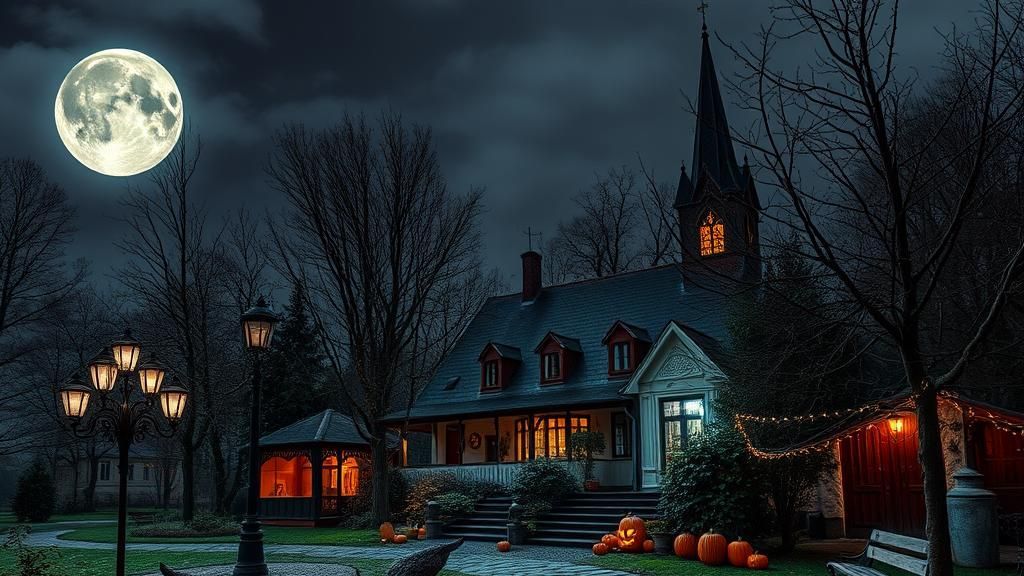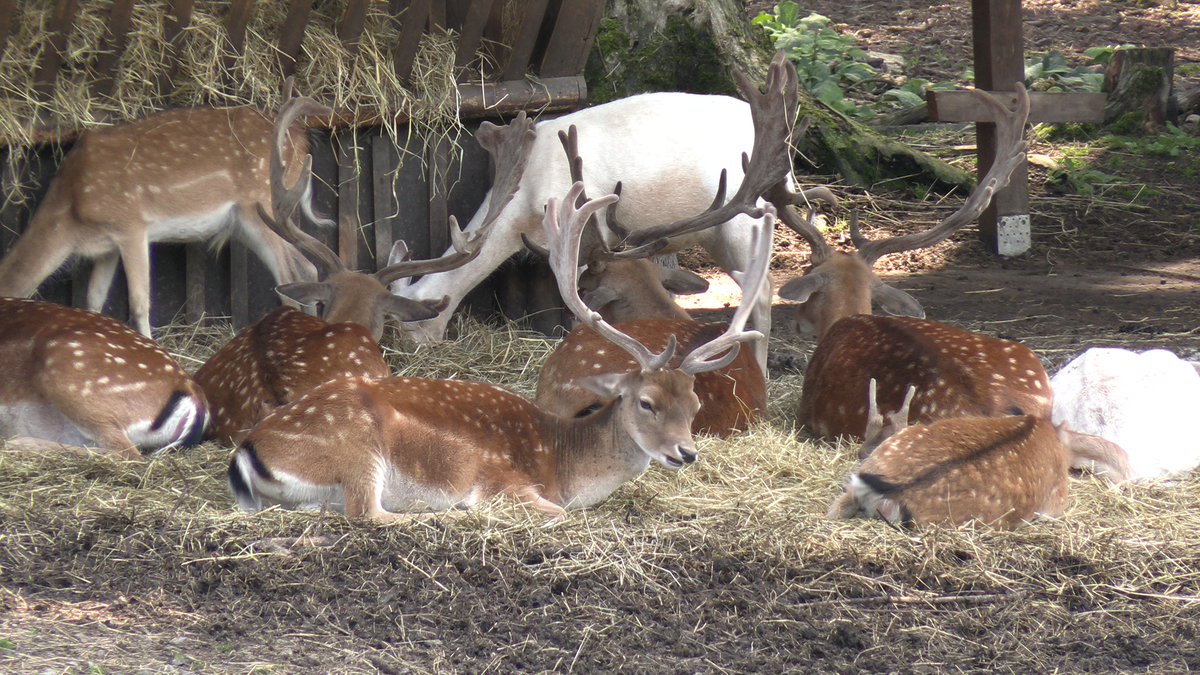A smaller motor train without a conductor leaves the station in Česká Třebová and heads at a leisurely pace to Moravská Třebová. The line runs through the Hřebeč region, a historical area also known as the Svitava Language Island, which once lay on the border between Bohemia and Moravia. The destination - Moravská Třebová - is one of the most interesting towns in the region.
Photo: Vratislav Konečný
Town Hall
History dating back to the 13th century
The first written mention of Moravská Třebová, then called Tribesdating back to 1278. The name of the town is related to the Trebovka river and the Old Czech word calibre, i.e., a clearing or cleared forest. In order to distinguish it from Česká Třebová, the name "Moravská" began to be used as early as the 14th century.
The town was founded by Boreš II of Rýzmburk, who brought German colonists here. His family was one of the most important noble families of Bohemia and Moravia at that time. Boreš served as a marshal at the court of Wenceslas I and later Přemysl Otakar II, but after a failed rebellion against the king he was executed in 1277.
Photo: Vratislav Konečný
Renaissance pearl of Moravia
The dominant feature of the town is the extensive Renaissance castle, one of the most important of its kind in Central Europe. The building documents the development of Renaissance architecture from the late 15th to the early 17th century. Although part of the building was destroyed by fire in 1840, the castle still retains an extraordinary atmosphere.
From T. G. Masaryk Square, an unobtrusive passage leads directly to the courtyard with two-storey arcades - a view that will captivate every visitor. The portal of the castle with a Latin inscription reminds us that it was built in 1492 by Ladislav from Boskovice.
Photo: Vratislav Konečný
Castle tours and treasures
The chateau offers three main sightseeing tours. The most visited is the exposition Treasures of Moravská Třebováwhich presents the history of the town and its noble families. The jewel among the exhibits is Brussels tapestry with the motif of Iphigenia on Tauris, made by order of Ladislav from Boskovice.
Another route takes visitors to torture chambers a of Dr. Bonacina's alchemical laboratorywhere guides tell engaging stories about the dark side of the Middle Ages and the efforts to turn metals into gold.
Photo: Vratislav Konečný
In the courtyard
A city full of monuments
The centre of Moravská Třebová is a town conservation area with a town hall, a baroque Marian column and houses with late Gothic and Renaissance elements. The town hall is impressive with its ground floor passageway leading to Church Square - and interestingly, the building has no foundations.
During the reign Ladislav Velen Žerotín from Boskovice and his wife Bohunky Žerotínská the city has earned the nickname "Moravian Athens" thanks to its cultural flowering and its promotion of education.

Photo: Vratislav Konečný
The Hill of the Cross and the Staircase of the Dead
It's rising over the city Cross Hill with a Baroque Calvary by the sculptor Jan Pacák from 1730. The path to the chapel is lined with four chapels and a historic "Staircase of the Dead"...where coffins used to be carried to the cemetery.
In the cemetery there is a Gothic church of the Finding of the Holy Cross with a wooden crucifix and stone epitaphs. The view from the top of the hill reveals the whole town and its picturesque surroundings.
Photo: Vratislav Konečný
Mummies and exotic treasures
In the local museum you can see the mummy of the Egyptian queen Hereret, located in an exhibition imitating an ancient Egyptian tomb. The museum also offers collections from outside Europe, which are among the most extensive in the region.
Photo: Vratislav Konečný
The Gate of Time - the connection between history and the present
Next to the castle stands a modern The Gate of Time by architect Markéta Veselé. Inside the structure there are eleven ladders depicting key events of the city. Together with the information map "From Renaissance to Baroque", it invites visitors to take a walk through the historical places, which Moravians call with exaggeration "Strebova".
Photo: Vratislav Konečný
Interiors

Tip for the end
The castle grounds are complemented by a lookout tower Shepherdessabout a mile and a half away. It offers a beautiful view of the whole town and its surrounding hills.









